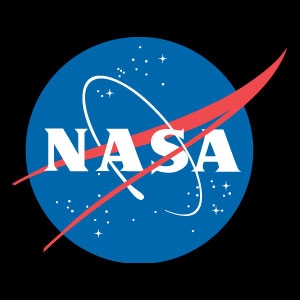ROUNDUP: Shuttle launch cancelled due to leak
 Washington - The launch of the space shuttle Discovery planned for later Wednesday was abruptly cancelled just hours ahead of blast off.
Washington - The launch of the space shuttle Discovery planned for later Wednesday was abruptly cancelled just hours ahead of blast off.
NASA called off the launch after it discovered a leak in a hydrogen vent line between the shuttle and its external fuel tank. The US space agency made the decision ahead of a planned 9:20 pm (0120 GMT Thursday) launch.
Technicians had been filling the tank with fuel and would now have to completely drain it. A new launch time was set for 8:54 pm Thursday (0054 GMT Friday), depending on what repairs were deemed necessary. Officials were to meet later Wednesday to discuss the problem.
The launch had already been delayed for weeks to allow NASA time to examine valves that control the flow of gaseous hydrogen from the spacecraft's engine to its external fuel tank. A valve was found to be damaged after the space shuttle Endeavour's November flight, prompting NASA to delay Discovery's mission as a precautionary measure.
The Discovery is to deliver the fourth and final solar panel to the International Space Station on a construction mission that will enable it to double the size of its crew to six astronauts. The shuttle will also bring the ISS' first long-term Japanese crew member, Koichi Wakata.
An old-fashioned magnetic stress test convinced managers last week that Discovery could launch, saving about a month's time in the hectic final two years before the ageing shuttle fleet is retired.
It had earlier seemed Discovery could not launch before mid-April, two months after originally planned.
The Discovery's 14-day mission will include four spacewalks. The first will focus on getting the 14,118-kilogram, 14-metre solar array in place to complete the station's backbone, making it longer than the length of a football field. The other three spacewalks focus on a variety of smaller construction tasks.
Discovery will also deliver a new device designed to recycle urine and sweat into drinkable water. An earlier machine had been installed on a previous mission, but astronauts never managed to get it fully functioning. The older version will be returned to Earth so engineers can examine it for flaws. (dpa)